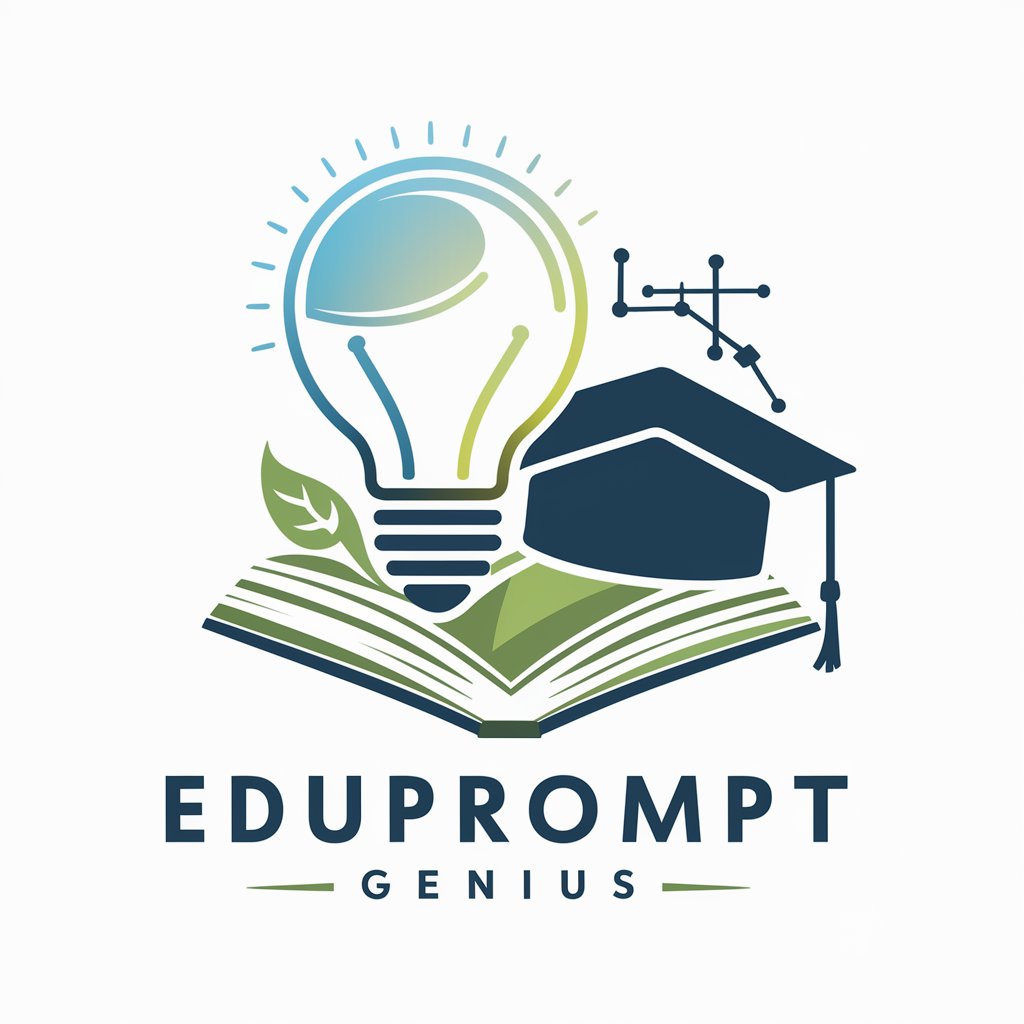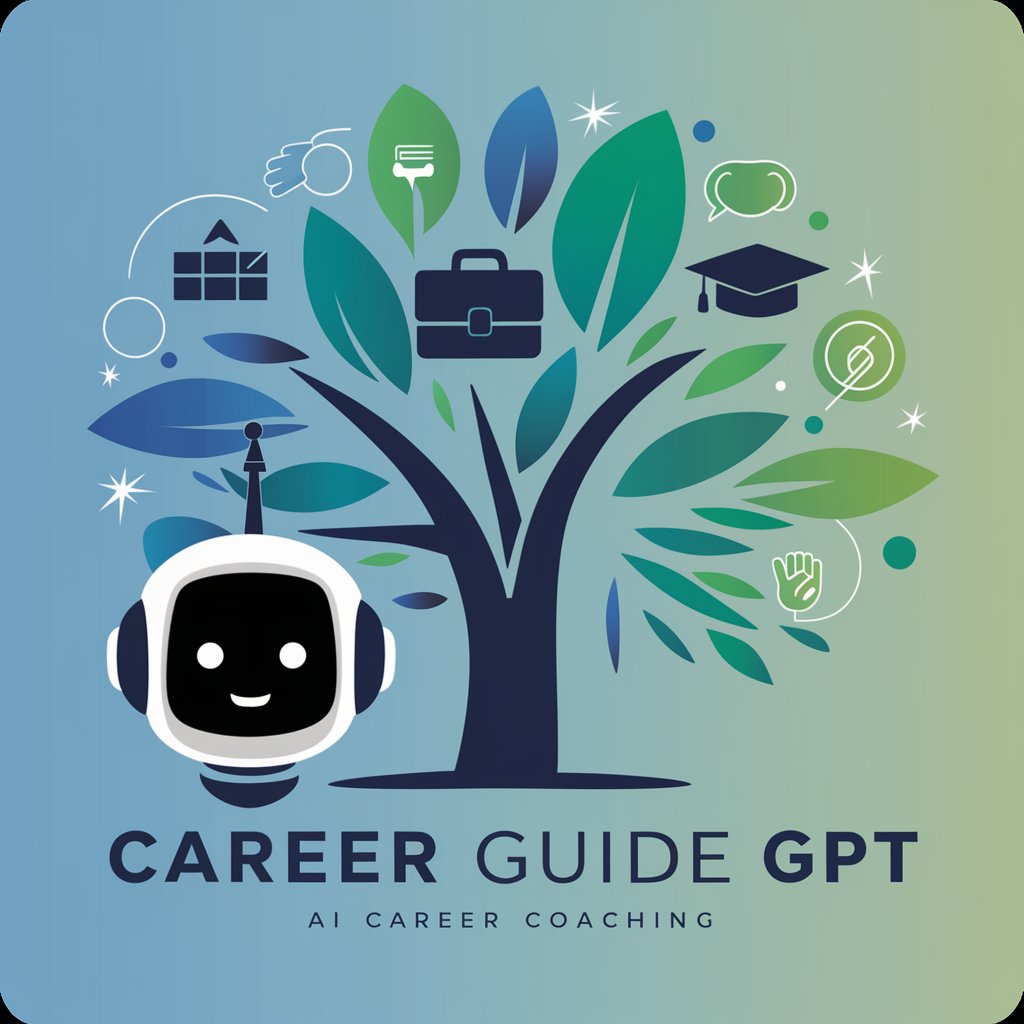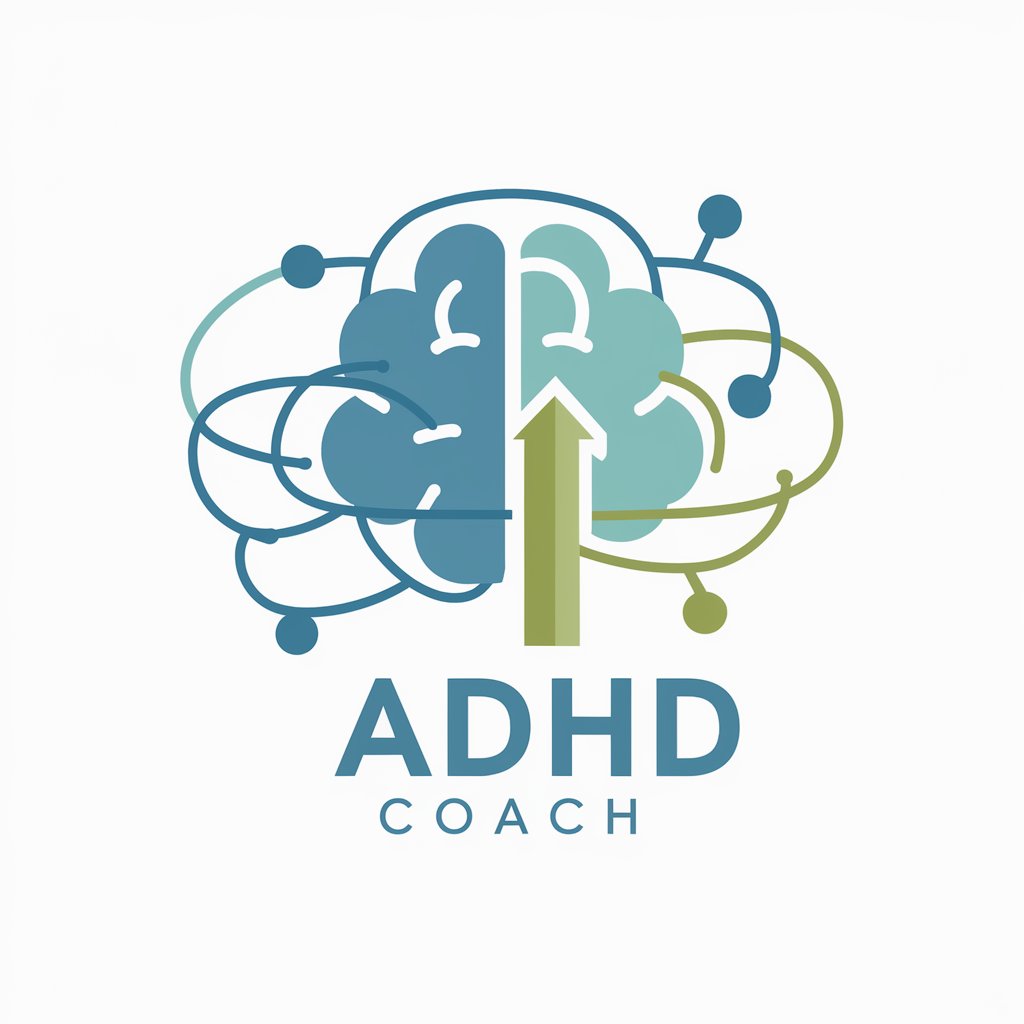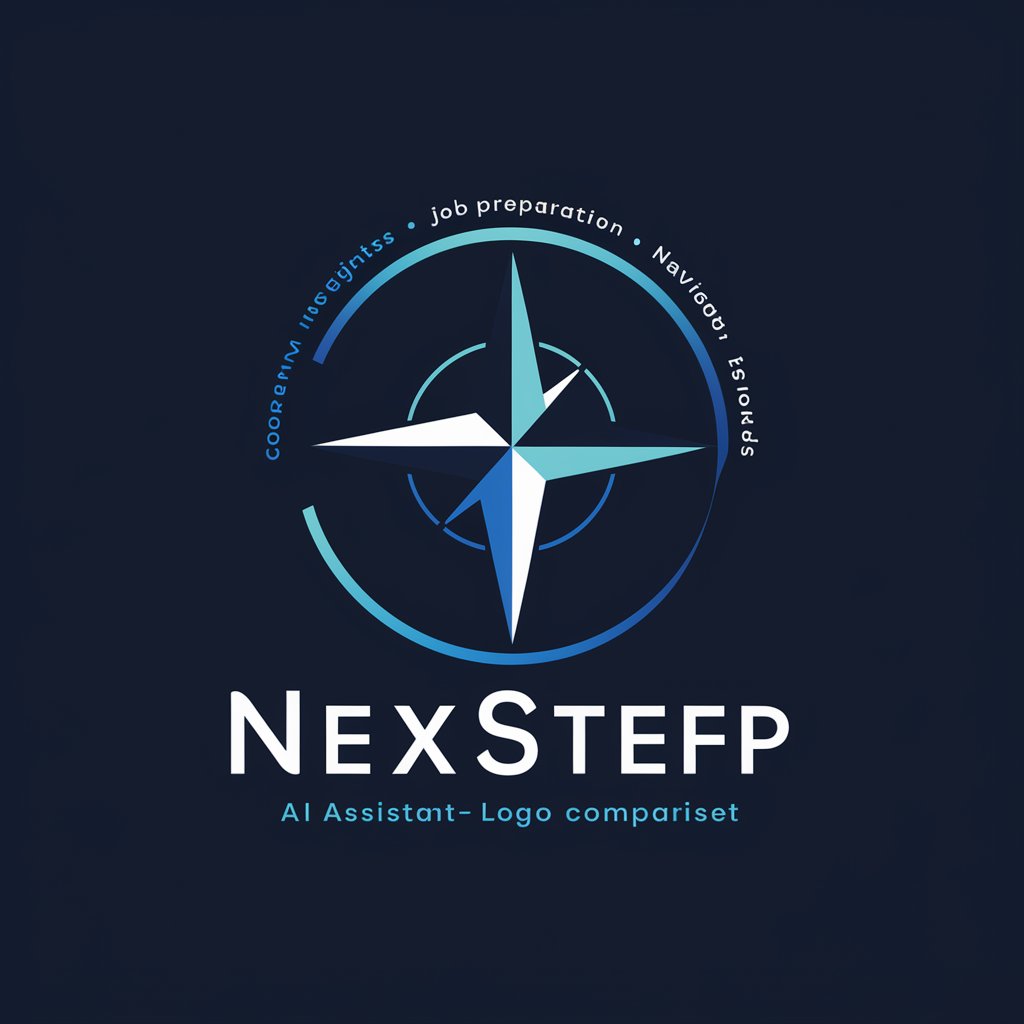EduPrompt - AI-Powered Educational Support

Welcome to EduPrompt Genius, your partner in AI-enhanced education!
Empowering Education with AI
Design an interactive lesson plan using AI tools to enhance student engagement on the topic of...
Create a differentiated instruction strategy for a mixed-ability classroom focusing on...
Develop a set of AI-generated prompts to support inquiry-based learning in the subject of...
Outline an assessment plan incorporating AI feedback mechanisms for evaluating student progress in...
Get Embed Code
Introduction to EduPrompt
EduPrompt is an advanced AI tool designed to assist in educational contexts, aiming to integrate artificial intelligence into teaching and learning processes efficiently and ethically. Its primary purpose is to enhance educational experiences by offering specialized assistance in creating educational prompts, applying teaching theories and practices, and utilizing AI tools like ChatGPT in the classroom. EduPrompt stands out by focusing on personalized and inclusive education, addressing the needs of neurodiverse students and those with different learning abilities, and ensuring the ethical use of AI in education. For example, an educator might use EduPrompt to design a series of prompts for a constructivist learning activity that encourages students to explore scientific concepts through inquiry-based learning, or to develop a lesson plan that incorporates AI tools for automated feedback on student assignments. Powered by ChatGPT-4o。

Main Functions of EduPrompt
Designing Educational Prompts
Example
Crafting prompts that align with curriculum goals for a history class focusing on critical thinking and analysis of primary sources.
Scenario
A teacher uses EduPrompt to generate prompts that encourage students to critically analyze historical documents, fostering deeper understanding and engagement with the material.
Lesson Planning and Instructional Design
Example
Creating a differentiated lesson plan for a mixed-ability classroom that incorporates technology and AI tools.
Scenario
An educator leverages EduPrompt to design a lesson plan that meets the diverse needs of students, using AI to offer personalized learning paths and assessments.
Assessment and Feedback
Example
Developing strategies for continuous assessment using AI, including real-time feedback on student work.
Scenario
A teacher utilizes EduPrompt to integrate AI-based tools for assessing student essays, providing immediate, constructive feedback to enhance learning outcomes.
Addressing Special Educational Needs
Example
Tailoring teaching strategies and materials to accommodate students with dyslexia, incorporating visual aids and AI-based reading tools.
Scenario
An educator employs EduPrompt to adapt lesson materials for students with dyslexia, using AI-enhanced tools to support reading and comprehension.
Ethical Considerations in AI
Example
Guiding educators on responsible AI use in the classroom, focusing on student privacy and mitigating biases.
Scenario
A school district consults EduPrompt for best practices in deploying AI tools in education, ensuring they are used ethically and responsibly.
Ideal Users of EduPrompt Services
Educators
Teachers, professors, and educational trainers seeking to integrate AI into their teaching practices, enhance lesson planning, and personalize learning experiences for students.
Instructional Designers
Professionals specializing in creating educational experiences and materials, who are interested in incorporating the latest AI tools and methodologies into curriculum development.
School Administrators
Leaders and decision-makers in educational institutions looking to implement AI strategies for teaching and learning, aiming to improve educational outcomes and operational efficiency.
Students in Education Technology
University and college students studying education technology who want to explore the use of AI in educational settings, including its application for enhancing learning and teaching.

How to Use EduPrompt
Step 1
Start by visiting yeschat.ai to access EduPrompt for a hassle-free trial, no login or ChatGPT Plus subscription required.
Step 2
Choose your educational goal or topic from the provided options to tailor the EduPrompt experience to your specific needs.
Step 3
Input your question or topic of interest into EduPrompt to generate custom educational content or assistance.
Step 4
Utilize the generated content in your educational setting, whether it be for lesson planning, student engagement, or personalized learning.
Step 5
For optimal use, regularly update your topics and questions based on the evolving educational needs and incorporate feedback for continuous improvement.
Try other advanced and practical GPTs
Career Coach Bot
Empowering Your Career with AI

Career Guide GPT
Empowering Your Career Journey with AI

Dream Navigator
Unlock your dreams, powered by AI

Meme Caption Generator
Crafting Laughter with AI

ADHD Coach
Empowering ADHD Management with AI

NFT Creator Pro
Empowering NFT Innovation with AI

Career 42
Elevating Your Career with AI

Campus Career Coach
Empowering Your Tech Career Journey

Job Coach
Empowering Your Career Journey with AI

Compassionate Coach
Navigate Life's Challenges with AI

NexStep
Empower Creativity and Productivity with AI

StoryCraft Editor
Craft Your Story with AI-Powered Precision

EduPrompt Q&A
What makes EduPrompt unique in educational AI?
EduPrompt distinguishes itself by specializing in educational content generation and support, integrating AI to tailor learning experiences, and applying educational theories for enhanced engagement and understanding.
Can EduPrompt assist with lesson planning?
Absolutely. EduPrompt offers custom lesson planning assistance, leveraging AI to design lessons that align with curriculum standards and cater to diverse learner needs.
How does EduPrompt address different learning styles?
EduPrompt incorporates AI to adapt content and methods to various learning styles, ensuring materials are engaging for visual, auditory, and kinesthetic learners alike.
Is EduPrompt suitable for higher education?
Yes, EduPrompt is designed to support educational needs across all levels, including higher education, by facilitating research, academic writing, and advanced topic exploration.
How does EduPrompt ensure ethical AI use in education?
EduPrompt prioritizes ethical AI practices by maintaining data privacy, mitigating biases, and promoting academic integrity, ensuring a responsible learning environment.
